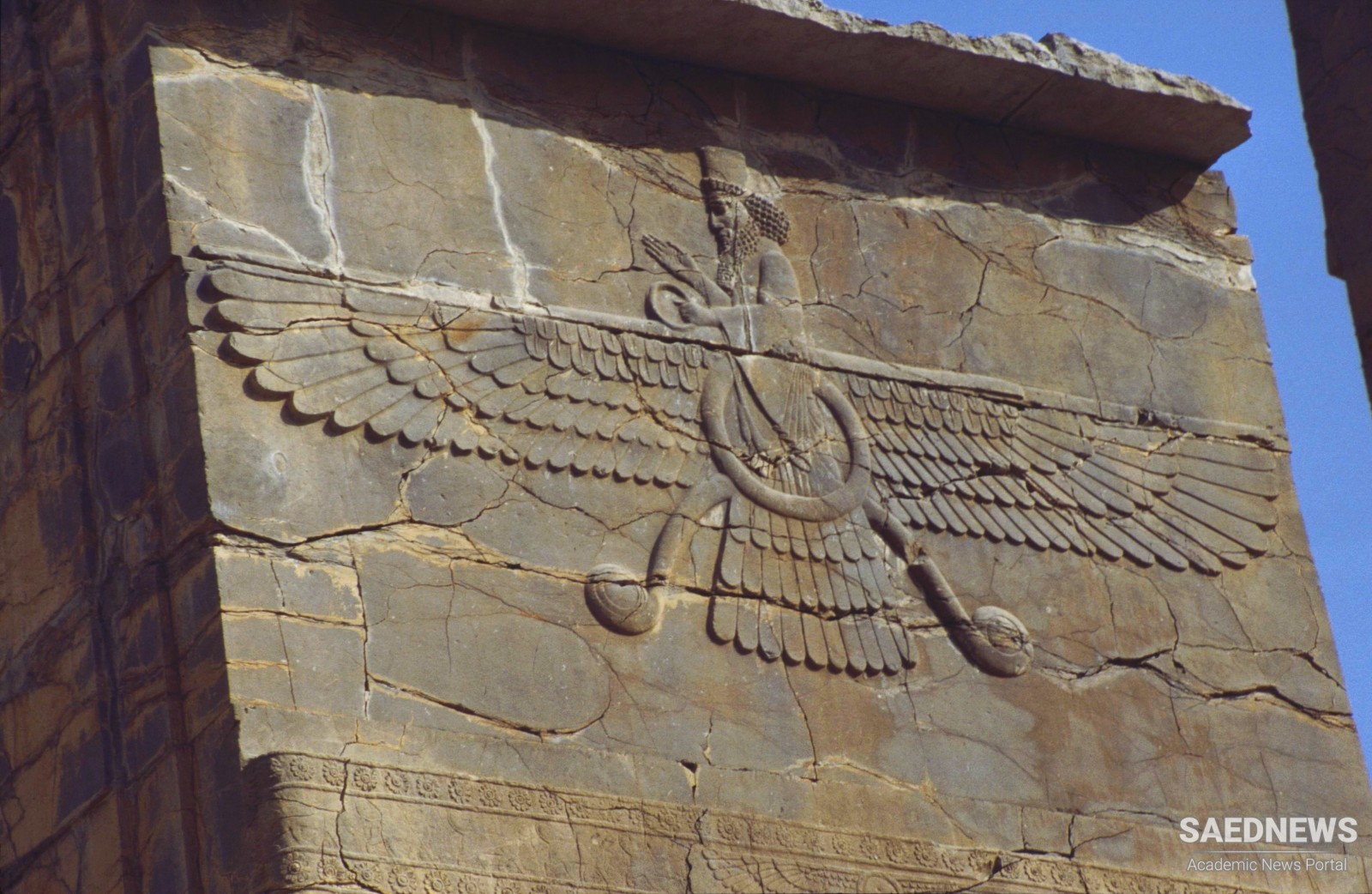It was in Transoxania that non-Muslim leaders were most successful in destabilizing the Abbasid government and rallying local rulers. Three movements in the region were important enough to appear in the chronicles. The first movement was led by a man of Turkish ethnicity referred to as Ishaq. Zoroastrianism was widely spread in Transoxania both among the Iranians and the Turkish groups who had settled among them. It is not surprising therefore that Ishaq demonstrated a great attachment to Zoroastrianism and claimed to have been appointed as a prophet by Zarathushtra. Ishaq was killed by the Abbasids sometime between 756-758, but his movement was continued by a certain Baraz, who had been able to win the support of the governor of Khurasan. None of the preceding movements, however, attained the popularity of that of Ustadhsis, which shook the eastern part of the caliphate in 765. His insurrection was significant enough to be mentioned in the manuscripts of a significant number of medieval Muslim historians. The size of this uprising had also attracted the attention of Christian chroniclers. Elias of Nisibis and Bar Hebraeus, who wrote quite. some time after the event, have portrayed it as a very important Zoroastrian movement. That the Muslim historians were interested in relating a story that shook the foundations of their Empire is not surprising; however, it is of note that of all the Zoroastrian insurrections which occurred in this period, this is the only one covered by the Christian chroniclers. The insurrection is important not only for its magnitude and the number of people slaughtered in it, but also because Ustadhsis’ was supported by both the conservative and innovative Zoroastrians of his region. This explains the reason he has not been labelled a Khurramdin or a heretic of another sort. This was the last time a Zoroastrian led such a vast and movement in eastern Iran (Source: the Fire, the Star and the Cross).


 Islamic Caliphate: Leadership Crisis in Post-Prophetic Islamic World
Islamic Caliphate: Leadership Crisis in Post-Prophetic Islamic World














































